Highly functional materials made from paper
Papermaking and
New Materials Technology


Utilizing FCC's unique papermaking technology cultivated through the manufacturing of highly durable and highly heat-resistant friction materials, we provide highly functional paper substrates applicable to various products with raw material blending, structure control, and shape control technologies suitable to customer needs, contributing to higher functionality, lighter weight, and cost reduction of products.
Because FCC is a multidisciplinary manufacturer, we are able to handle the processes of folding, bonding, grooving, and forming into universal shapes in addition to paper processing.
The unique and porous structure of paper is highly applicable at a high level to various applications, such as heat insulation, insulation, radio wave absorption, filtration, and catalysts; in terms of thermal management, it can be applied to the development and manufacture of EVs and related products as well.
Using the friction material manufacturing technologies, we develop new materials in-house that create value in a variety of fields and manufacture them in small lots.
What can Papermaking and New Materials Technology Do?
Material (powder) high filling
FCC's papermaking technology allows for filling highly functional materials at a high ratio. Filling of a large amount of highly functional ingredients expands the options for use in a variety of applications. In addition to powders, combinations with a wide variety of materials such as functional fibers, microparticles, metals, and natural materials are possible.

Synthetic Fibers
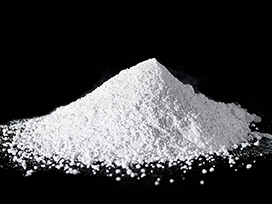
Inorganic Powders
Custom Fiber Spacing Technology
- Customizable spacing for application of functional material
- Convert difficult-to-handle materials into easy-to-use forms (good handling and processing)
- Using Paper as temporary molds (later applying functional material)
Total Control Paper Structure
Paper structure is controlled in the papermaking process. Various shapes are provided in response to the applications such as thickness, density, surface structure (grooves, unevenness), and internal structure control (porosity).
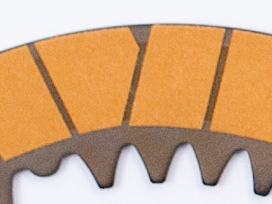
Groove Formation Technology
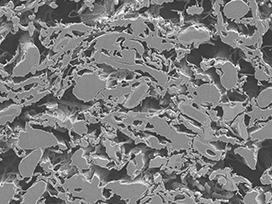
High Porosity Paper
Products with High Precision Control of Paper Structure
- Creating specific functionalities through control of paper surface conditions
- Porous structure control opens the door for expansion into filter applications
- Thickness control, capable of handling paper thicker than 1 mm


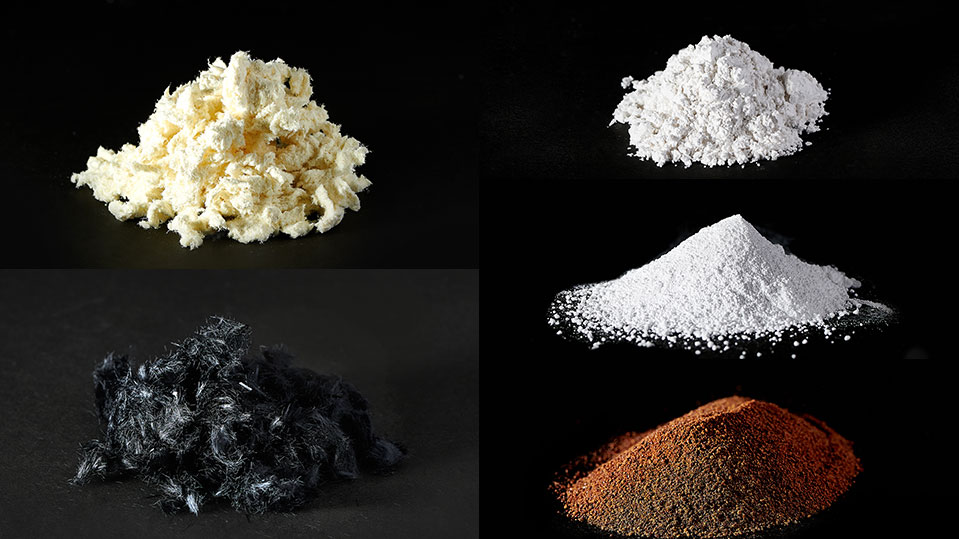
Formula designs tailored to the application
Our database and know-how of raw materials, papermaking, and coating conditions, based on our many years of experience in friction material development and manufacturing, allows us the formulation design tailored to a wide variety of applications.
Adjustable Paper Structure and Surface Condition control
Total control of specific paper surface conditions, such as forming honeycombs for purifying exhaust gas, pyramid structures for absorbing radio waves, etc. in addition to manufacturing paper with different pore diameters and porosities.
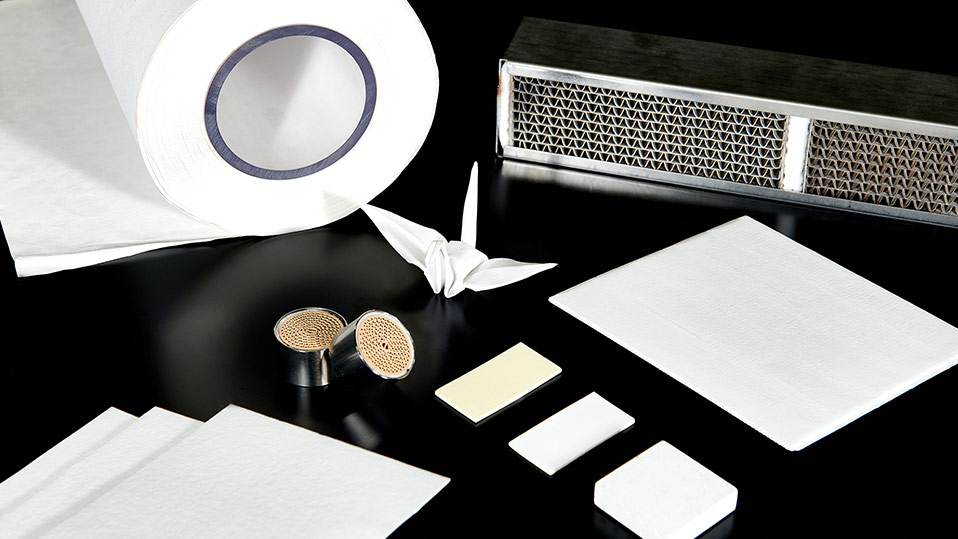
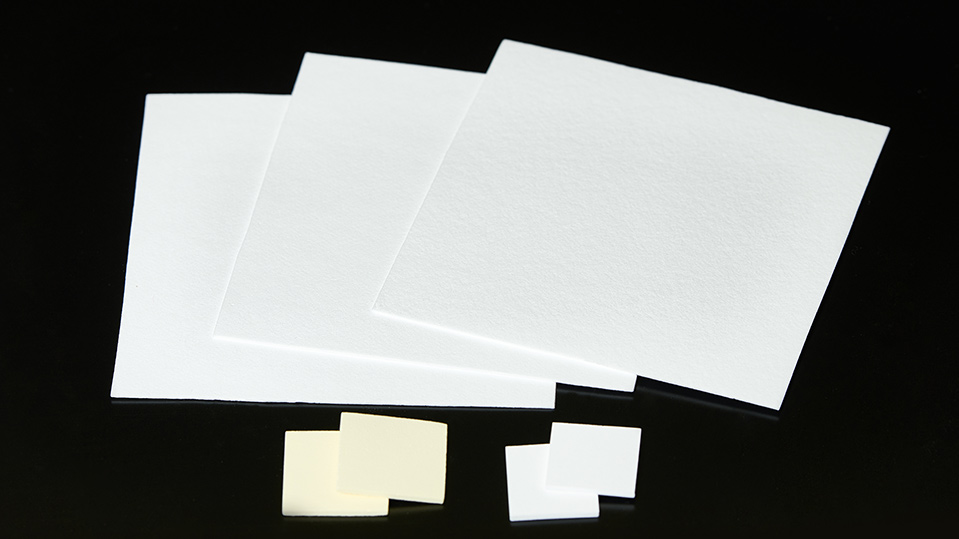
Develop/Manufacture Prototypes Well-Organized Production Environment
We have the technology and facilities in-house in place free from impacts by any conditions (temperature, humidity, etc.) for mass production of prototypes.
Analysis and Evaluation
We have an environment in place that allows material analysis (ingredients, composition, hardness, stress, surface analysis, CT), strength testing (tensile, blanking, functional evaluation testing) and product evaluation (function, strength, durability testing).
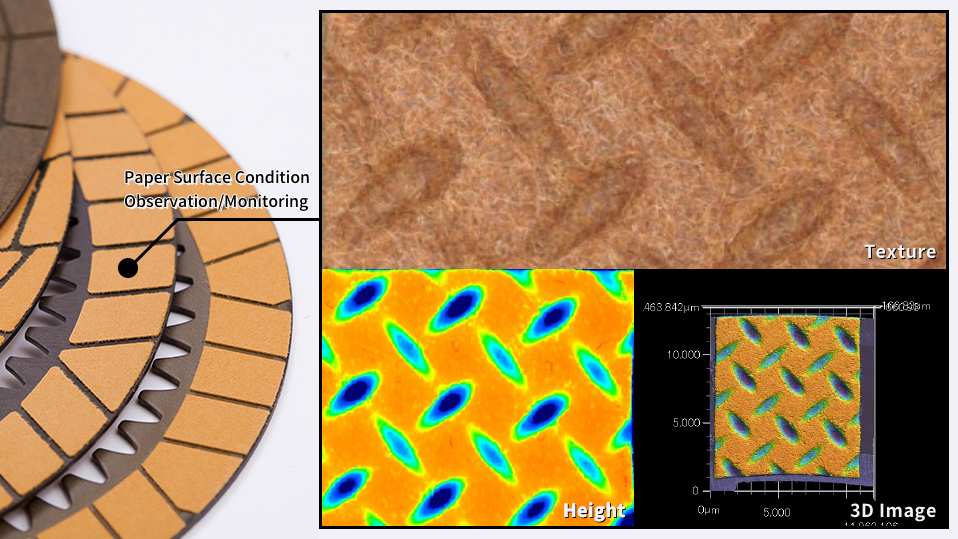
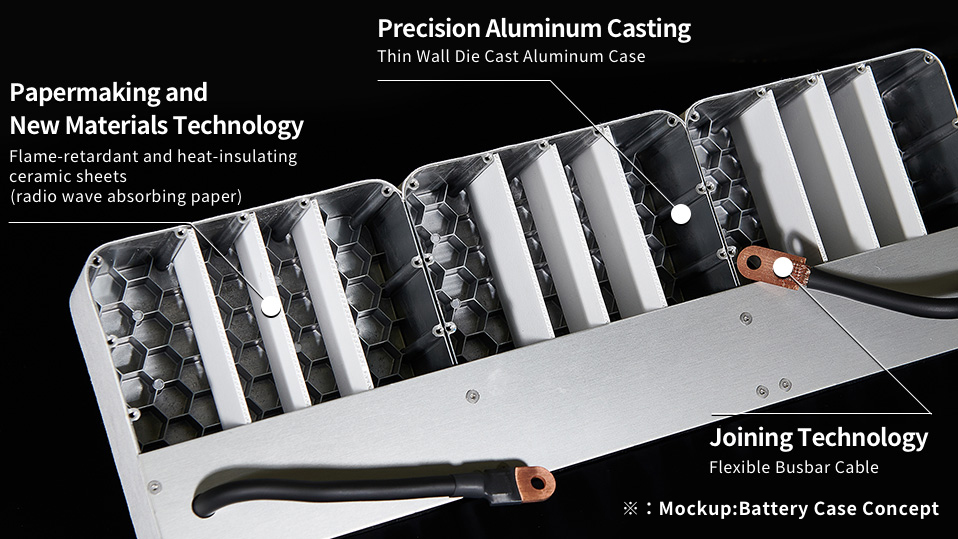
Combination of Casting Technology and Joining Technology
Challenges in Uncharted Fields
Combination of various other technologies, such as casting and joining, enables flexible approach to EV, thermal management, radio wave, and electromagnetic wave control.

Paper Ceramics Technology
Ceramic material-soaked paper, blended with ceramic materials and made into paper, is burned at a high temperature, causing the organic ingredients in the paper to disappear and the formulated materials to be sintered, resulting in a ceramic product.
Forming Ceramics into Various Shapes
Forming in the Paper state provides the flexibility and ease of processing.
Ceramics with complex shapes are achieved at low cost by sintering through heat treatment after forming.
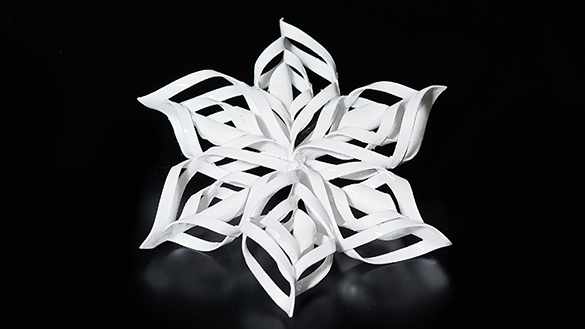
Material Flexibility
Capability to soak various materials in the paper.
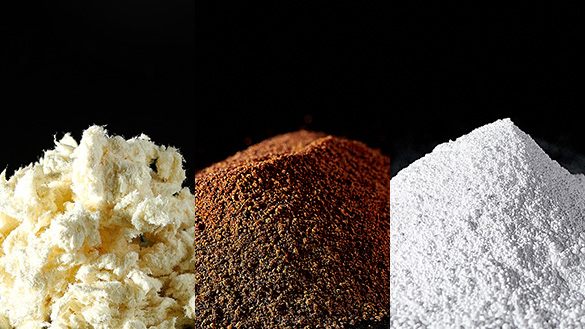
Porosity Control by Organic Content
The paper constituent contained in paper ceramics is burned off when heated.
The porosity is controllable by manipulating the size and number of pores created with the organic material is burned away.
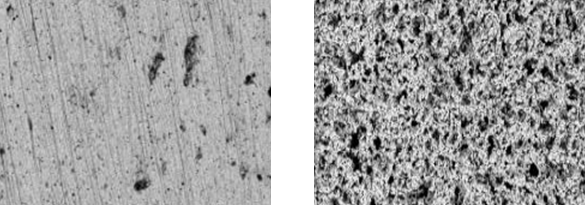
Realization of Thin-Wall Ceramics
Formed from thin paper, thin sheet shapes are easily formed.
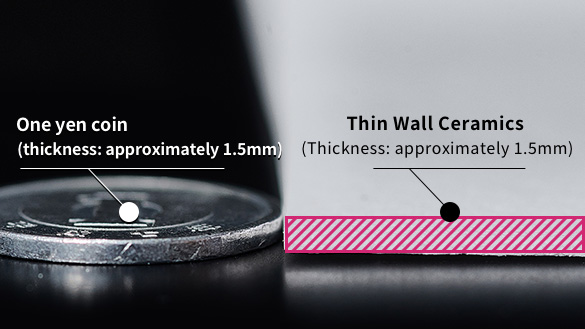
Manufacturing Process
Processing of Ceramics by Paper Folding

Formation of Processed Ceramics by Paper Lamination

Lamination Forming Technology
Easily create 3D structures by layering paper.
Lamination of different materials and different porosity making it possible to create gradient materials not possible with existing 3D printing technology.
Multi-Layer Material
Flexibility in designing the composition and multi layered variable porosity features according to the required function.
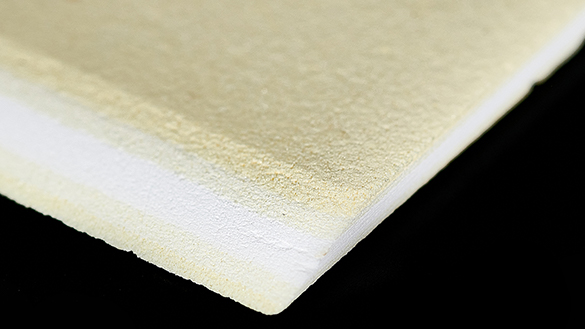
Ceramic work pieces having customizable geometry structure is formed by laminating ceramic soaked paper with different porosities and material compositions.
Image of Composition
Gradient Material
Image of controllable Porosity amounts within customizable geometries
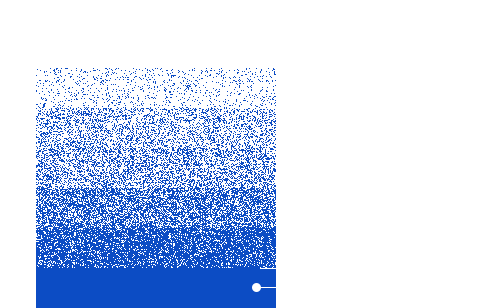
Fiber Composite Materials
Ceramic fibers and ceramic materials are mixed during the paper making process to form the primary substrate for fiber composite materials.
Forming → Sintering to create highly functional products
Paper structure + ceramic fibers create a light weight, high heat resistance and high elasticity.
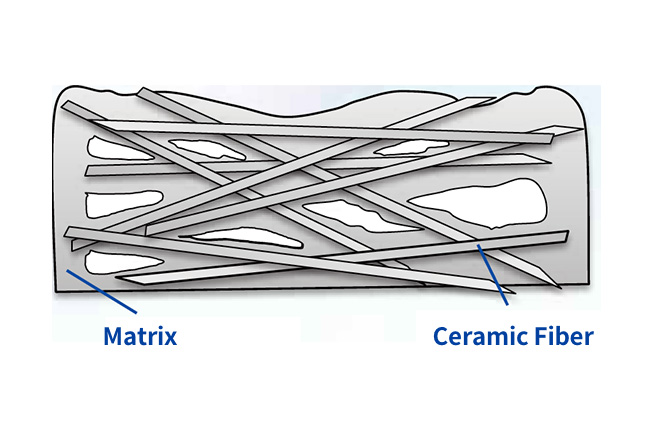
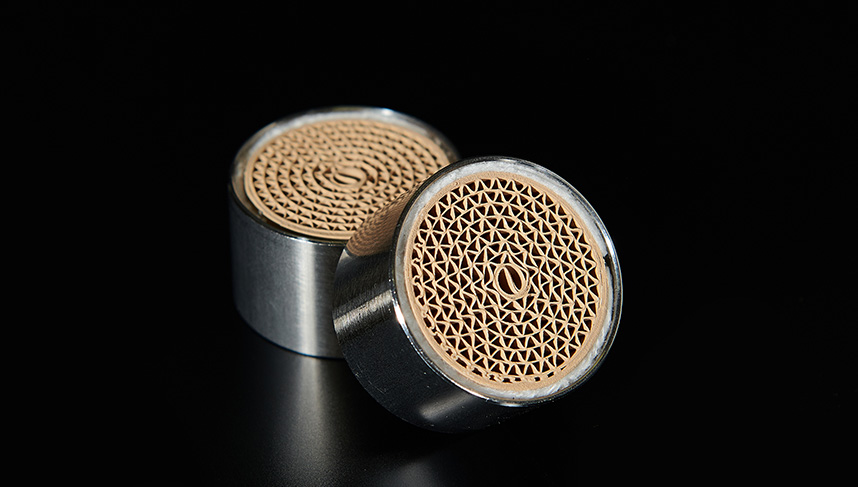
Catalytic converter for general-purpose engines (honeycomb)
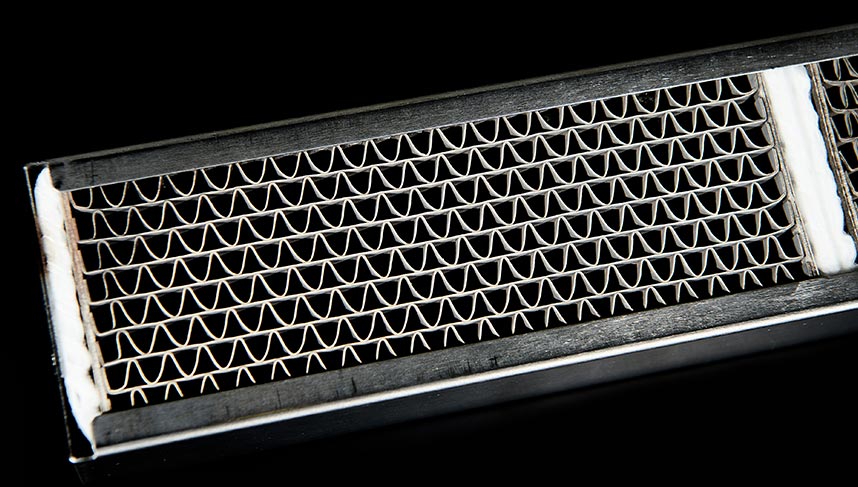
Catalytic unit for wood stove
Future Technology Vision
Research on Catalytic Reaction Control Technology
Aim of the Study
We are developing capabilities for in-house production of Catalytic reaction control and new manufacturing methods for structures with soaked functional raw materials.
We propose functional units with new value that contribute to achieving carbon neutrality through technological development.
Technology Overview
Conversion of barrier greenhouse gases (such as CO2) into harmless, beneficial, and renewable substances through adsorption and recovery in order to achieve carbon neutrality.
STEP01
Greenhouse gases and hazardous substances generated by industrial activities
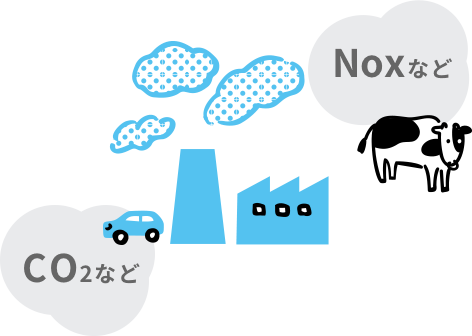
STEP02
Structures incorporating functional materials adsorb and modify hazardous substances
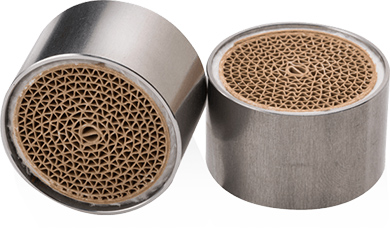
STEP03
Detoxifying Harmful Substances
Convert into reusable energy
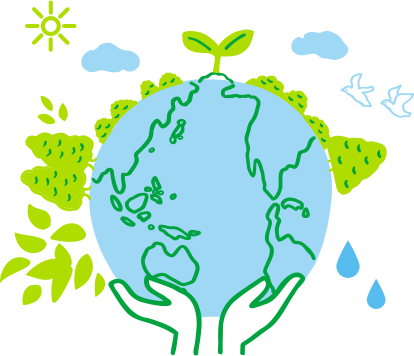
How does it work?
Paper, as the base material, in which functional materials are dispersed on fibers.
Dispersion of functional materials in the micro pores formed on the fiber network is expected to bring about higher efficiency and reduction in the use of expensive materials.
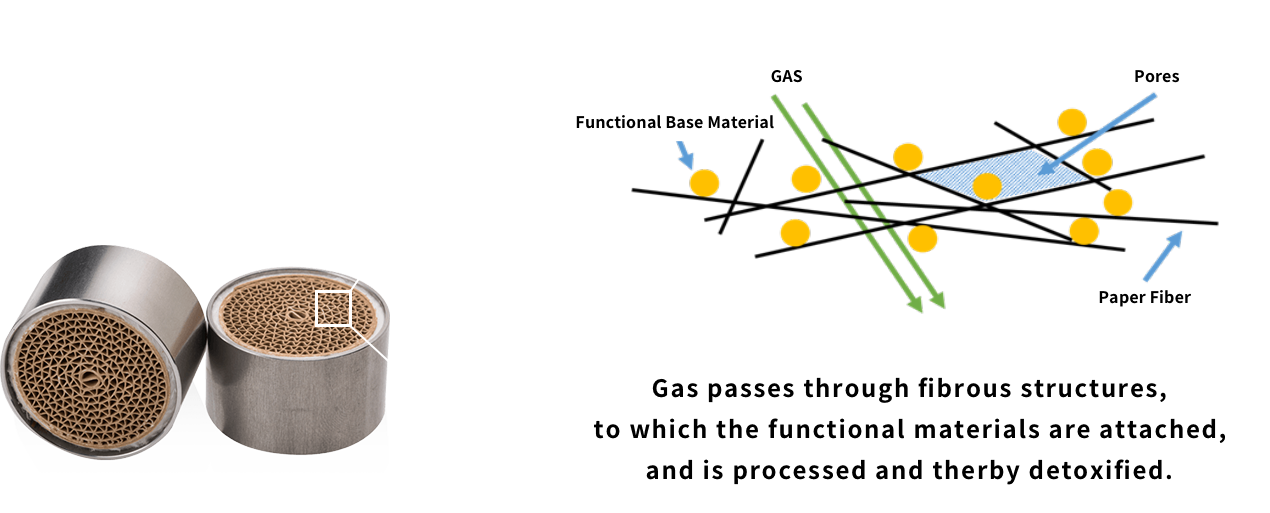
Research Direction
We can optimize structures for various types of reactors and reaction conditions.
Main research topics: Improved practical efficiency, time, temperature, pressure
Raw Materials Research
Base material design according to required performance/strength


Incorporate technology that maximizes the properties of functional materials
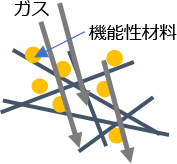
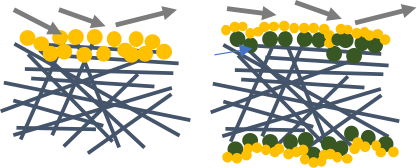
Research on paper structure and conditions and manufacturing technology
Technology for manufacturing paper structures of various shapes/sizes suited for various types of reactors

Low Velocity / Low Volume

Precise
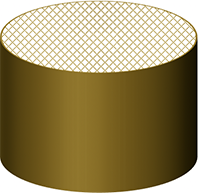
High Velocity / High Volume

Cell shape suitable for Catalytic reaction conditions and manufacturing technology with high cell flexibility

Utilization of Nanomaterials: Carbon Nanotubes
We have launched a joint business with [Kanematsu Corporation], which is committed to "Creating the value demanded by society," and [CarbonFly Inc.], which specializes in carbon nanotubes.

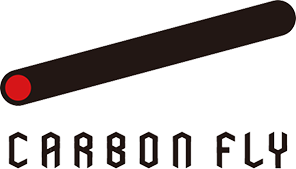

Features of CarbonFly, Inc.
Having high technological capabilities in orientation and L/D aspect ratio control, in addition to superiority in dispersion treatment, succeeded in producing the world's first formed products using CNT film in 2019.

Our unique technology and manufacturing method (CVD method) makes it possible to generate high purity CNTs with uniform thickness/length (controllable).
Diameter: 6 to 10 nm (1/10,000 of hair)
Length: 100 to 1,000 μm
Purity: 99.8% <
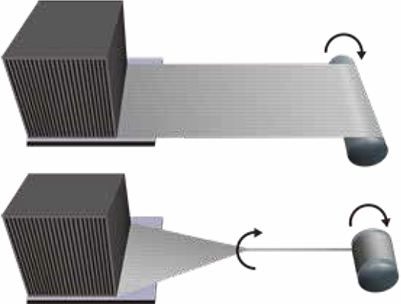
Easily processed into fibers and films
Features of carbon nanotube substrate [CNT]

Product Deployment Examples
Conductivity and Thin Film Coating Technology
LiB Electrode
Strength and Resin Molding Technology
Structural components, Orthopedic, and aerospace components
Flexibility and Rubber Forming Technology
Sports/Leisure and Health Care
A technology that has a potential to play an active role in a variety of fields, such as next-generation automobiles, medical care, energy, information and telecommunications, and agriculture.
We will contribute to solving the challenges in the world.

MEDICAL
Social Issues to Solve
Spread of Regenerative Medical Care for Aging Population and Increased Healthy Life Expectancy
Technology Solution
Artificial bone / Lost bone regeneration
High reproducibility achieved with highly flexible generation technology
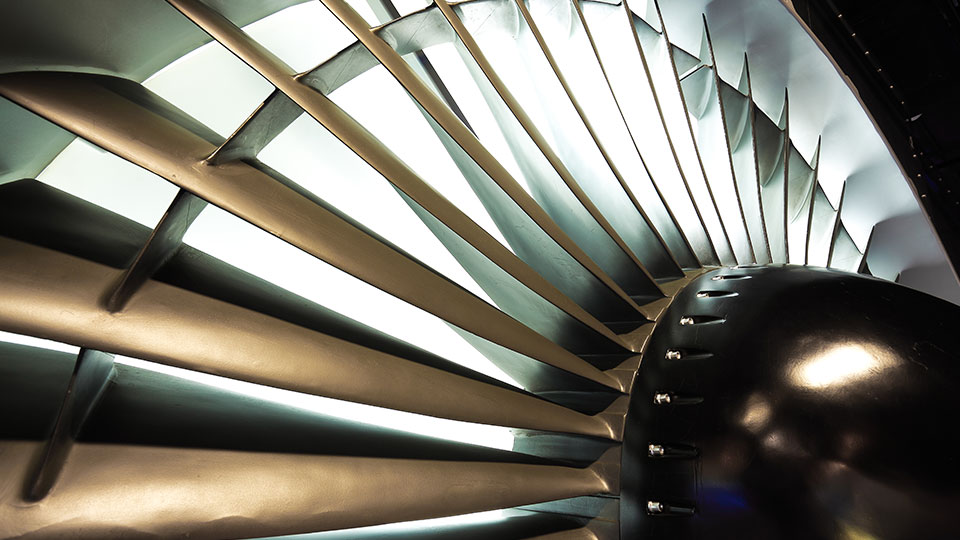
ENERGY
Social Issues to Solve
Reduction of CO2 emissions responsible for global warming
Technological Solutions
Providing highly efficient / lightweight structural components for transportation equipment
Reduction of losses in heat treatment process by manufacturing lightweight furnace materials: Realization of lightweight / heat resistance
Manufacturing of gas turbines using ceramic composite materials: Ultra-high heat resistance / high durability

IT
Social Issues to Solve
Smaller, Lighter, and Higher Power devices
Technological Solutions
Manufacturing heat sinks/sheets
Controlling the heat in electronic devices: High thermal conductivity

FOOD TECH.
Social Issues to Solve
Global food shortages, water insecurity, declining agricultural workforce
Technological Solutions
Manufacturing of antimicrobial sheets
Food preservation, antibacterial sheet
Water Treatment Membrane
Water quality improvement: Permeability control



